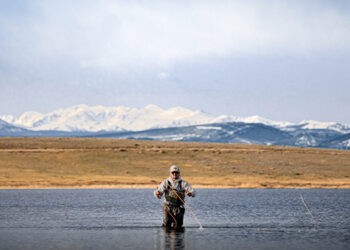Project — Dorothy Towne Field House Renovation
Completion Date — January 2015
Architect — Sasaki Associates
Mission — “We are really trying to encourage a safe environment for students, faculty and staff to contribute to their overall wellness,” said Becky Kimball, the director of sports performance and fitness at Wellesley College.”
Yes, academics are important, but so is health and wellness. In order to develop well-rounded students, over the last few years Wellesley College in Wellesley, Massachusetts, decided to make campus recreation a priority.
In doing so, its recreation facilities underwent a facelift. “Our Field House was stripped down to just the metal and completely re-built,” said Rebecca Kimball, the director of sports performance and fitness.
The renovations included adding 46,000 square feet of fitness space, replacing portable basketball hoops and old sports flooring with suspended basketball hoops and permanent flooring, installing bleachers, new LED lighting and air conditioning in the fitness room and cycling room.
“The renovations were pretty extensive for us,” explained Kimball. “At Wellesley, where the academics are so rigorous, to now have the fitness and wellness component made a priority is a huge step for us. We understand how exercise relieves stress, helps with our cognition, sleeping and eating. We are trying to develop well-rounded students that can carry these components with them to life after Wellesley.”
According to Kimball, the biggest challenge throughout the renovation seems to be one many recreation professionals face during this type of project: re-allocating space and continuing to offer recreational programming while the facility is under construction.
“For all of us as faculty, teaching our physical education classes in different locations, we had to be more creative with how we teach them,” added Kimball. “Maybe not teaching certain things like an indoor tennis class, but instead having an outdoor fitness class or maybe offering a ‘couch to 5k’ versus an indoor track class. We also partnered with Residential Life to use some of the dining halls that weren’t being used anymore and converting them into fitness spaces. We laid down flooring and basically used it as a temporary space for all of our cardio and strength equipment.”
Since renovations are something almost all recreation professionals must deal with, Kimball offered a few pieces of advice. “Be creative with what you have,” she said. “Introduce yourself to the vendors, go to different conferences and clinics. I did a lot of research on my end. I went to a ton of different schools in the area to see what I wanted. We also took student input and valued that. Before we tore down the wall, we let the students graffiti it with statements of what they wanted to see in the new space. We ended up getting 90 percent of it done.”










